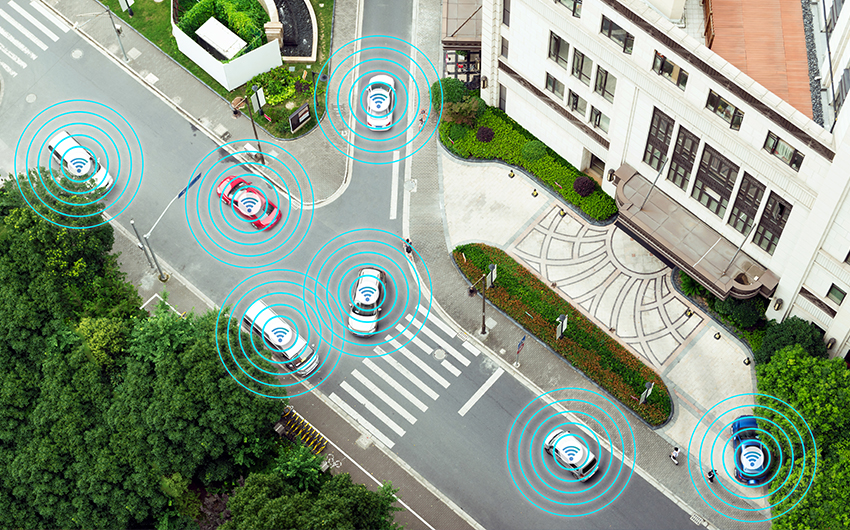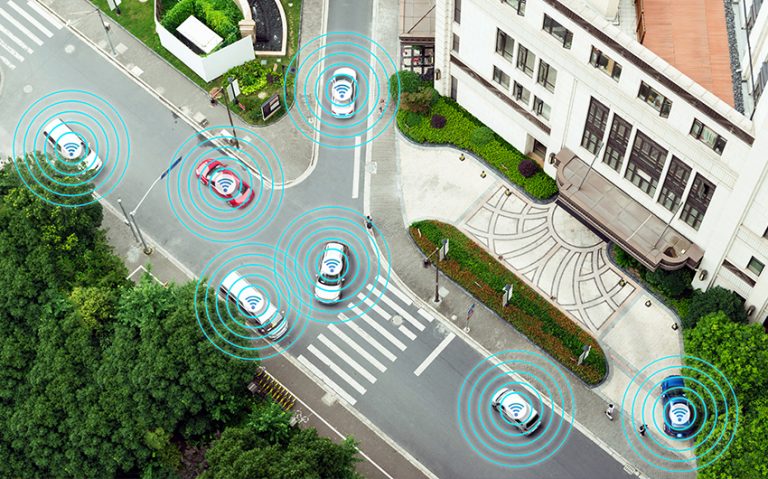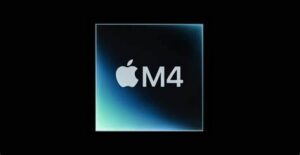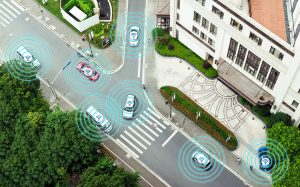30% of something is better than 100% of nothing.
- The Renault-Nissan-Mitsubishi Alliance has signed a deal (see here) with Google that I think will see it give up 70% of its potential digital revenue and all of its digital differentiation in return for a higher probability that it will at least get something.
- From 2021, the alliance expects to debut vehicles where Google’s services such as Maps, Assistant and the Google Play app store are embedded in the infotainment unit directly.
- This is very different from Android Auto where the apps still run on the smartphone but are projected onto the infotainment screen and can be remotely controlled using the vehicle’s buttons and knobs.
- With Android Auto, Google software has no access to the rest of the vehicle making it useless when considering Google’s mission to gather data from the vehicle and monetise it.
- This is why it moved from Android Auto to trying to convince OEMs to deploy full Android in the head unit instead of using their own proprietary software.
- First to fall were Volvo and Audi who announced in 2017 that they would use it in some models and now the intention seems to be for all alliance vehicles to carry Android Automotive beginning in 2021.
- The main issues are:
- First, navigation: The announcement clearly implies that alliance vehicles will be using Google Maps rather than the traditional suppliers HERE and Tom Tom which is why TomTom shares fell 24% yesterday.
- However, the issue with Google and Apple maps is that they have never been considered by OEMs as good enough (particularly outside of urban areas) to use them in their vehicles.
- If Google Maps is now considered to be “automotive grade” then both TomTom and HERE have a major issue with their legacy mapping businesses.
- However, I suspect that the alliance will be able to continue to use a third-party mapping solution should it choose to do so, just like Audi is doing with HERE in its version of Android Automotive.
- This means it is up to HERE and TomTom to demonstrate why using only Google Maps in an Android-powered automotive navigation system is not good enough.
- Second, sensor data: Google is providing its software (and probably engineering support) for “free” to the alliance but in return, I am certain that Google will now have access to the sensor data that alliance vehicles generate.
- Legally, it will be Google software that is generating the data to which the alliance has a perpetual licence, meaning that in reality, its Google data.
- This means that this data will be sent off to Google servers where it will be crunched, key insights drawn and more targeted advertising sold.
- Just like the Android handset makers, the alliance members, Volvo and Audi will get a share of the revenue that Google generates from using automotive data.
- The question is how much will they get and looking at Google’s public accounts, I would be very surprised if this more than 30%.
- In Q2 18 Google paid out 71% of the advertising revenue it generated on digital properties that it does not own and 13% of revenue from its own digital properties that were distributed by third parties.
- Android handsets and vehicles fall into this latter category because they are distributors of Google ecosystem services rather than digital properties in their own right.
- The 13% is up from 11% a year ago as a result of the revenue that is coming from mobile devices rather than PCs.
- Consequently, the share that Android handset makers get paid will be a little bit higher than the average of 11% and could maybe be a maximum of 20%.
- This will have been the starting point of negotiations as car makers are effectively doing the same thing as the handset makers.
- RFM research indicates that Google has had a very difficult time in convincing car makers to give it access to their sensor data, and as a result, Google has been willing to be a bit more generous to get the alliance over the finish line.
- This is why I think that the revenue share will be around 30% for the alliance in the best instance.
- However, I don’t think that a 30% share of digital revenues is enough for the automotive industry to survive in its current form given what may happen to vehicle shipments long-term (see here)
- Third, differentiation: By ceding the core services and its data to Google, the alliance has given up its long-term ability to differentiate.
- As vehicles become electric and begin to drive themselves, the traditional features that drive the vehicle purchase decision will matter less.
- This is why digital is so important as digital services will begin to play a much bigger role in driving a user to buy one brand over another.
- If the core vehicle services are the same from one vehicle to another, then the vehicle maker will have lost all ability to impact the purchase decision with digital services.
- This is exactly what has reduced Android handsets to nothing more than commodities where time and money is spent in brutal hardware competition that really only benefits Google.
- A world where all head units run Android (even with slightly different interfaces) with Google ecosystem services is a world where Google prospers, vehicles become handsets on wheels and OEMs struggle to survive.
- This move indicates that the alliance has so little confidence in its ability to create its own user experience and digital services that it is prepared to give away 70% of its future revenues and all of its digital differentiation to guarantee that it gets some digital revenues.
- This will be seen as an awful lot better than having 100% of nothing should its own in-house digital strategy fail.
- Given what may happen to demand for automobiles following electrification and autonomy (see here), I think that the alliance will need a much higher proportion of that revenue to survive in its current form long-term.
- This is why I see this move as incredibly risky and why automakers should remain extremely cautious about following the alliance down this route.
- Google is the big winner here further increasing the possibility that OEMs become also-rans in their own industry.










Blog Comments
Thierry Jurain
October 10, 2018 at 6:53 pm
Brilliant analysis !
Found it thanks to an article in the French Nouvel Obs, where they interviewed Yann Lechelle. Yann pointed to your post.
RICHARD WINDSOR
October 12, 2018 at 11:11 am
Thank you very much…